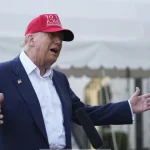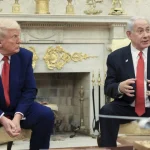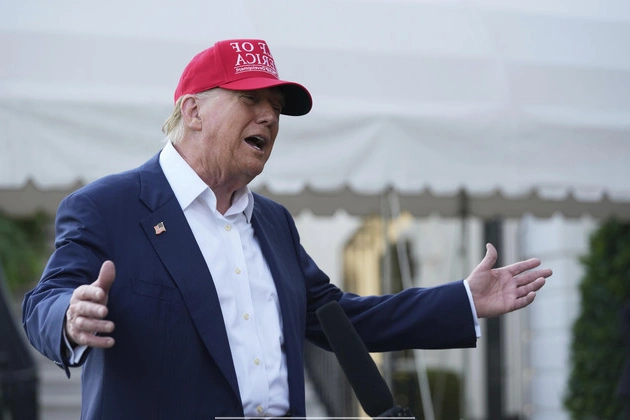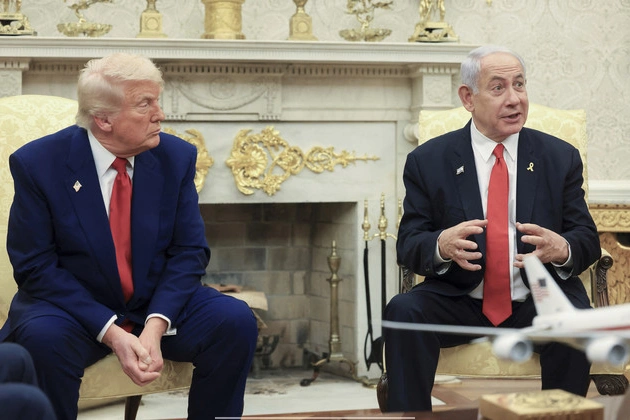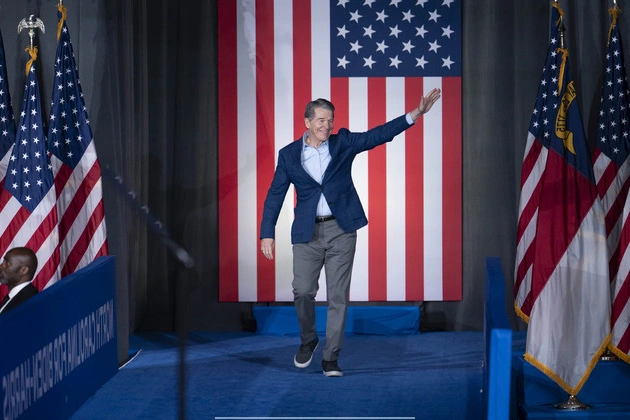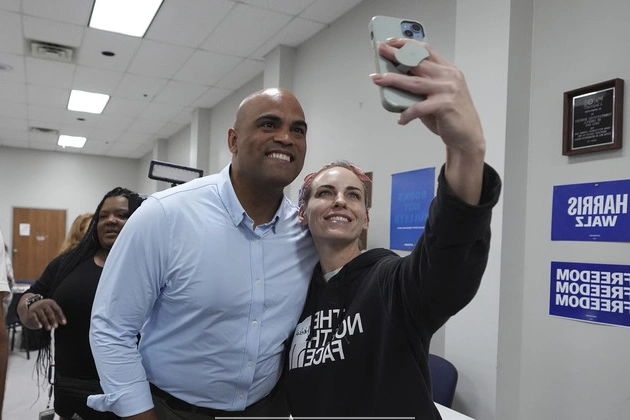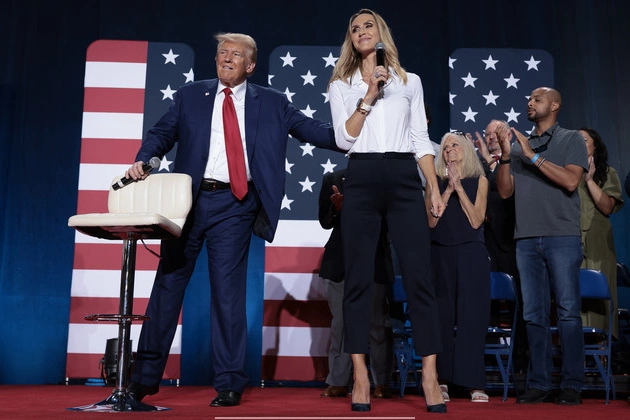
Understanding the Market Reaction to Tariffs
President Donald Trump’s recent approach to tariffs has sent shockwaves through the financial markets, causing significant turbulence and uncertainty. The sharp decline in key indices like the Dow and S&P 500 reflects the growing concerns among investors and businesses.
One of the immediate consequences of these tariffs was Stellantis’ decision to lay off 900 workers in the U.S., signaling a broader impact on the manufacturing sector. This move, coupled with fears from defense and energy industry officials about disruptions in the supply chain, highlights the complex repercussions of trade policies.
Political Response to Tariffs
While many Republicans have supported Trump on various fronts, the introduction of tariffs has sparked internal dissent. Senators like Chuck Grassley and Maria Cantwell have taken a stand against the administration’s tariff strategy, emphasizing the need for congressional oversight on trade policies.
Despite some lukewarm defenses from Republican lawmakers, doubts persist about the efficacy of tariffs in achieving long-term economic goals. The conflicting views within the White House and Congress further complicate the narrative, raising questions about the administration’s negotiation stance with trading partners.
The Administration’s Stance and Economic Implications
Amidst the market turmoil, the White House remains steadfast in its belief that tariffs will benefit the U.S. economy in the long run. Key officials like Vice President JD Vance and Commerce Secretary Howard Lutnick have reiterated this message, urging patience and trust in the administration’s trade strategy.
However, concerns linger about the duration of short-term disruptions and the potential for a recession due to higher prices. The uncertainty surrounding the tariff timeline and its impact on consumers underscores the need for a balanced approach to trade policy.
Evaluating the Global Impact of Tariffs
As the U.S. imposes tariffs on various countries, including smaller territories with minimal trade volume, questions arise about the rationale behind these decisions. Economists have criticized the lack of economic analysis in tariff calculations, highlighting the potential harm to vulnerable economies like Lesotho and Laos.
The international response to tariffs, with countries like Vietnam and Israel making concessions to avoid levies, reflects the diplomatic challenges posed by protectionist measures. The strain on trade relations and the geopolitical implications of tariff disputes underscore the need for a nuanced approach to global economic policies.
Conclusion
In conclusion, the unfolding saga of tariffs and trade tensions underscores the complex interplay between economic interests, political dynamics, and global relationships. As stakeholders navigate this uncertain terrain, a comprehensive understanding of the implications of tariffs is essential for informed decision-making and policy formulation.
